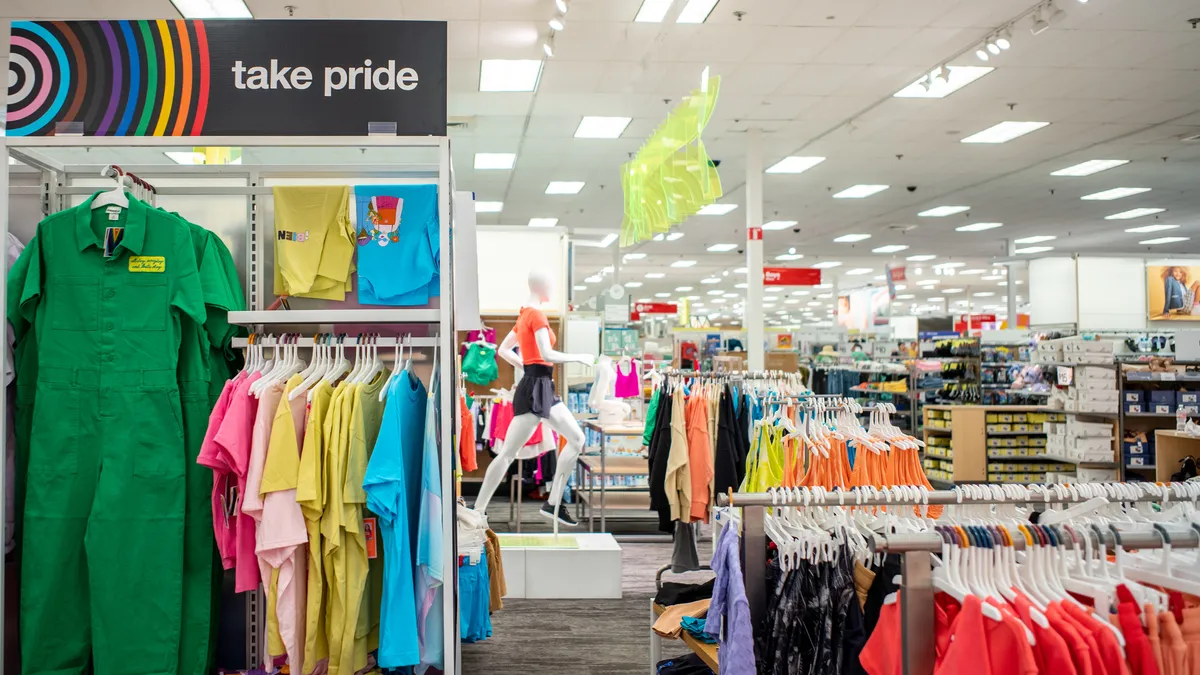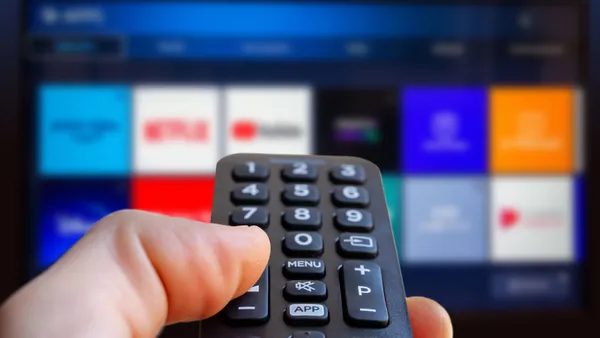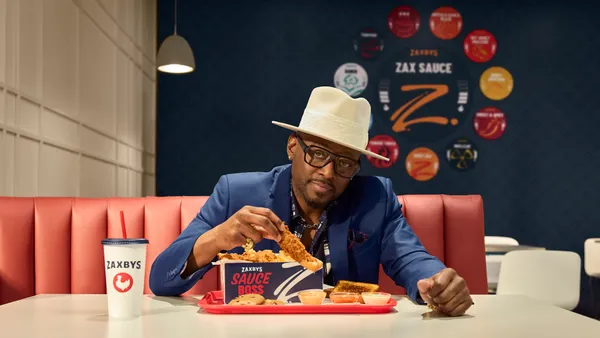From the ongoing fallout of Bud Light’s brief partnership with transgender influencer Dylan Mulvaney to Target receiving bomb threats regarding its Pride collection, consumer brands have increasingly found themselves in the crosshairs of an ongoing culture war surrounding the representation of the LGBTQ+ community in marketing.
One challenge marketers face is how to safeguard the relationships with LGBTQ+ consumers that they have taken time to develop while also not alienating a customer base that may be putting pressure on them. However, a new survey from Bospar that was fielded in early June suggests these concerns could be overblown, as Target remains a top brand for LGBTQ+ consumers even after caving to pressure and removing its Pride collection.
As a contentious divide among Americans over societal issues continues to play out, Target shouldn’t get too comfortable. While the brand has goodwill built up with the LGBTQ+ community from several years of support, it could run out, according to Curtis Sparrer, principal and co-founder at Bospar.
“I think it really will be interesting to see how this study holds up in a year when we do the research again, because I think when that happens, we're going to see that the brand has taken a hit,” said Sparrer.
The numbers support the concern that consumers may turn on Target, with 59% of consumers saying they will buy more from brands who launch campaigns focused on diverse communities, such as the LGBTQ+ community, women and ethnic minorities. If a brand were to change its support for the LGBTQ+ community, 34.6% of consumers total and 75.9% of LGBTQ+ consumers reported they would switch to a supportive competitor.
In alignment
Other brands that landed a top spot among LGBTQ+ consumers include Apple, Disney, Nike and Levi’s. Brands ranked at the bottom are Kohl’s, Reebok, Coach, Miller Coors and Chick-fil-A. Anheuser-Busch, the maker of Bud Light, also secured a top spot in the survey among U.S. consumers more broadly, despite being embroiled in an ongoing controversy that has negatively impacted sales.
The Corporate Courage Index from Bospar and Propeller Insights surveyed 1,007 U.S.-based consumers 18 years of age and older. Over half, 50.2% of respondents were male, with 49.1% being female. Approximately 16.5% of respondents identified as a member of the LGBTQ+ community.
When looking at consumers overall, including those that don’t identify as members of the LGBTQ+ community, the list of top brands for supporting the community looks different. While Target still took the top spot, other brands in the top five, in order, are Disney, Nike, Anheuser-Busch and Apple. The bottom five include The Body Shop, Lego, Miller Coors, Coach and Chick-fil-A in last place.
Lessons learned
With over 56.6% of the respondents indicating they support the LGBTQ+ community, it is clear Target bent to the loudest actor. The knee-jerk response from the retailer potentially made things worse, according to Sparrer.
“I think that's the thing that brands really need to fear, is the circular feedback loop that they have to do something when in reality they do not,” said Sparrer.
While 68.7% of consumers overall and 68.1% of LGBTQ+ consumers identity as members of the political right, the overall view of consumers toward LGBTQ+ issues is a more liberal leaning one, with 56.6% of consumers overall indicating they support the LGBTQ+ community and 18.8% saying they care if others do so as well. As such, responding to the loudest voices in the moment may not be the best idea.
“What happened was because Target caved in…” said Sparrer. “So I think that's the lesson here. When you have a group of people with their pitchforks out, you really have to think if it's going to be worth it, not just in the long term, but even in the short term.”
Despite the ongoing controversies surrounding purpose-based marketing, this tactic isn’t likely to disappear from marketers’ playbooks. The Bospar survey shows a clear demand for inclusive marketing efforts, even if they prove controversial. In fact, with the increased use of AI and marketing and the potential for more uniform advertising campaigns, brands are going to need a way to stand out, according to Sparrer.















